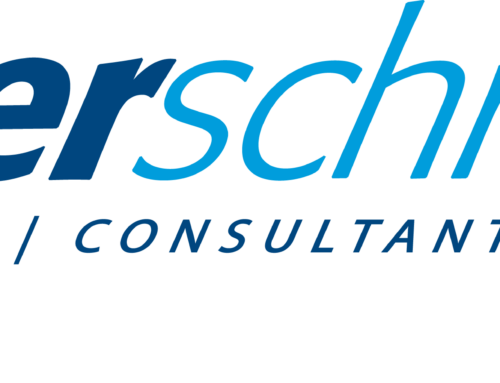Part of my day job is traveling around the world and observing how businesses and governments deal with the business problems they face every day—large and small. One of the “perks” of this job is my front row seat on a wide variety of industries spread across distant geographies. In those moments when I get to reflect on all of the experiences I’ve had, I take a special mental note of the issues that come up again and again regardless of industry, strategy, or location. The one I’ve been thinking about most recently is: complexity.
To a person, just about every business leader seems desperate to tell me about how their business is much more complex today than it was as recently as a few years ago. It could be because of an expanding product line, more (or more diverse) customers, regulatory impacts, competition, new technology…there is always a cause, but the effect is consistently the same—a complicated (many moving parts, never settling into equilibrium, intuition is useless) business that is much harder to manage safely and profitably than before. Worse yet, the trend for more complexity in the future is unabated.
Some have responded to this with a magic bullet: simplification. Simplification across the enterprise as a strategy has seen mixed results. My own personal opinion is that in this modern era of technological prowess, we are not compelled to “dumb down” our businesses in order to make them manageable.
If complexity is a universal challenge, it makes sense for business leaders of all stripes to have some ready-made concepts and methods to combat complexity, and, in fact, exploit complexity in ways that allows businesses that pursue complexity-themed strategies to lap the competition.
You may not be aware that “complexity” is actually a science. I myself spent several years hanging out at the Super Bowl of complexity science, the Santa Fe Institute, founded by scientists affiliated with the nearby Los Alamos National Laboratory (of Oppenheimer fame). At SFI, researchers use agent-based models to understand vastly complex systems like the weather, the economy, global conflict, and disease dynamics. It was a valuable training ground for me in my pursuit of models to help companies understand complex systems—aka, any business today.
The central lesson I drew from SFI was this: model your business. Seek to obtain a fundamental understanding of how it works and how it changes under different circumstances; run and re-run these models frequently for new insights (using new data).
Some of the very best companies I have observed have deliberately engineered their firm’s operating processes to improve as complexity increases. Although not a client of mine, UPS’ creation of the Orion model for logistics (basically an optimal routing system for trucks) was a classic example. As more packages and more stops are added to the system, the model absorbs these easily by consolidating stops in an optimal manner, thus lowering the per-drop cost of packages, while the competition that does not have such a model sees a cost penalty with each new customer. This impressive capability is not unique to companies the size and scale of UPS—any company can optimize production and logistics using common models.
You have heard me talk about feedback loops in the past. Feedback loops are yet another way for firms to build-in robustness to exogenous (external) shocks that are endemic to complex businesses and markets. Think of a rubber band versus a tee ball. When I push or pull on the rubber band it is displaced for a moment, but eventually settles back into its equilibrium opposition. A tee ball on the other hand is precariously perched on the tee and any disturbance to the tee or the ball causes it to be permanently displaced from its equilibrium position unless and until a human puts the ball back on the tee.
The same is true of our operations. A sudden influx of orders, loss of a customer, natural disaster, or supply chain disruption is the “perturbing force” that moves our companies well out of equilibrium. How quickly and efficiently do we snap back, if at all? Good companies build closed feedback loops to ensure better back-to-equilibrium responses. In fact great companies go even farther to create a “culture” of scenario planning and role playing—replacing the fear of uncertainty with “practice” for many conceivable but yet-to-be-felt events. This coupled with good, sound forecasting is a powerful antidote to the negative side of complexity.
Here’s what good companies don’t do: a lot of in-the-moment firefighting. Yet as I travel around I see many, many companies, a majority in fact, that are built on an acumen in firefighting through the latest micro-disaster, even going so far as to reward the staff for doing a great job of putting out the fire.
Summary
Don’t run away from complexity. It is impossible to avoid it anyway in today’s business climate. Rather, take a lesson from some of the best-run firms out there: engineer your firm specifically to take advantage of the relentless trend toward complexity using some of the methods we are suggesting here. Give us a call or drop us a line if you want to chat through this subject and how it might apply to your business.




